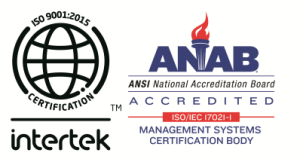Sand casting is an extremely flexible process that can benefit from economies of scale when large production runs are needed but is also reasonably flexible to produce complex parts that usually replace several assembled and/or welded components.
Molds produced with silica sand have enough temperature resistance and mechanical strength to cast nearly every metal used in engineering like bronze, brass, aluminium, steels or cast irons.
Every application requires careful selection of the technologies used to produce the sand molds and subsequent pouring of the liquid metal.
The main factors that drive process selection are: part complexity, typical production quantity, alloys, tolerances and acceptable quality level.
Pouring: Pouring the hot metal into sand molds can be accomplished by
- Manually tilting a ladle
- Bottom pour ladle; where a plug can be controlled to open the flow of metal
- Automatic pouring machines where all of the pouring operation is performed by a computer-controlled mechanism
Selection of the pouring technology is mainly influenced by the typical production quantity, larger runs of the same part favor automated control, while shorter runs benefit from the flexibility of manual pouring.
Design: Depending on the complexity of the part molds can be produced in a variety of ways
- Manual or automatic green sand molding
- Manual chemically bonded sand molding
Simple geometries, smaller parts and large production runs tend to favor automatic green sand molding while large complex parts with short production runs tend to be made using more expensive chemically bonded molds.
The sand molds can be combined with loose sand parts (cores) to produce castings for extremely complex geometries that could not be achieved by other manufacturing methods.
The part’s geometry might need to be changed to accommodate for requirements imposed by the molding processes, mainly the addition of drafted surfaces to allow for pulling the patterns that shape the sand molds.
- Tolerance Level: While sand casting is not the most accurate of the metal casting processes, tolerances of about +-0.030” can be achieved on parts smaller than 6” with an additional +-0.003 inch per additional inch over 6”.
Improved tolerances can be achieved with non-standard process control but is generally more cost effective to add a machining operation on surfaces requiring high precision.



